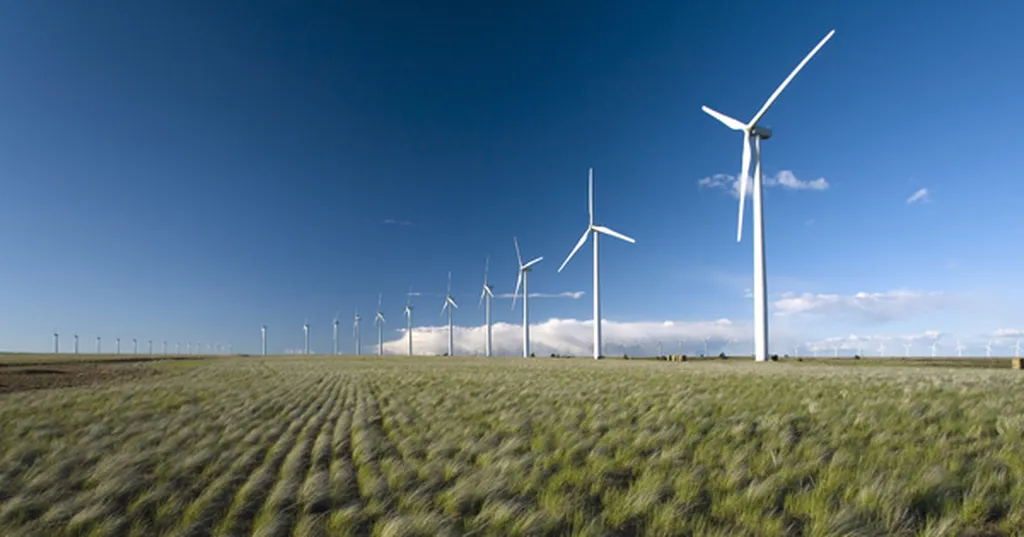In the ever-evolving landscape of renewable energy, wind power stands as a beacon of sustainable progress. Yet, as the industry scales up, so do the complexities and risks associated with project costs. A groundbreaking study published in the journal *Wind Energy* (translated as “Wind Energy” in English) sheds light on the intricate patterns of cost overruns in wind power projects, offering valuable insights for developers, investors, and policymakers alike.
Led by Hanee Ryu of the Institute for Global Sustainability at Boston University, the research delves into the cost dynamics of 80 wind power projects, both onshore and offshore. The findings reveal a stark contrast between the two configurations, highlighting the critical role of scale and other project characteristics in determining cost overruns.
One of the most compelling discoveries is the interaction between project scale and configuration type. “Offshore projects experience greater cost overruns with increases in scale and over time,” Ryu explains. This trend is particularly concerning given the industry’s push towards larger, more ambitious offshore ventures. In contrast, onshore projects demonstrate technology learning effects, where increased experience leads to cost efficiencies—a silver lining for developers focusing on land-based installations.
The study also uncovers a critical threshold at 288 MW, where cost overrun patterns significantly change. Projects below this scale show a strong positive correlation with cost overruns, suggesting that smaller projects may face unique challenges that warrant closer attention. This finding could reshape project planning strategies, encouraging developers to carefully consider project size and its implications for cost management.
For offshore projects, technical determinants such as hub height and distance from shore play a pivotal role in cost overruns. These insights are invaluable for risk management, enabling developers to anticipate and mitigate potential cost escalations. As Ryu notes, “Understanding these determinants can help project planners make more informed decisions, ultimately enhancing the viability of offshore wind power.”
The research also highlights the phenomenon of diseconomies of scale in offshore projects, where larger projects do not necessarily translate to lower costs. This counterintuitive finding challenges conventional wisdom and underscores the need for a more nuanced approach to project planning and risk assessment.
As the wind power industry continues to grow, these findings offer a roadmap for navigating the complexities of cost overruns. By leveraging technology learning effects, carefully considering project scale, and addressing technical determinants, developers can enhance the financial viability of their ventures. For the energy sector, this research is a call to action—an opportunity to refine strategies, mitigate risks, and pave the way for a more sustainable and cost-effective future.
In the words of Hanee Ryu, “This study provides crucial insights for project planning and risk management in wind power, particularly highlighting the distinct challenges and characteristics of offshore projects.” As the industry evolves, these insights will be instrumental in shaping the next generation of wind power projects, ensuring they are not only sustainable but also economically viable.

